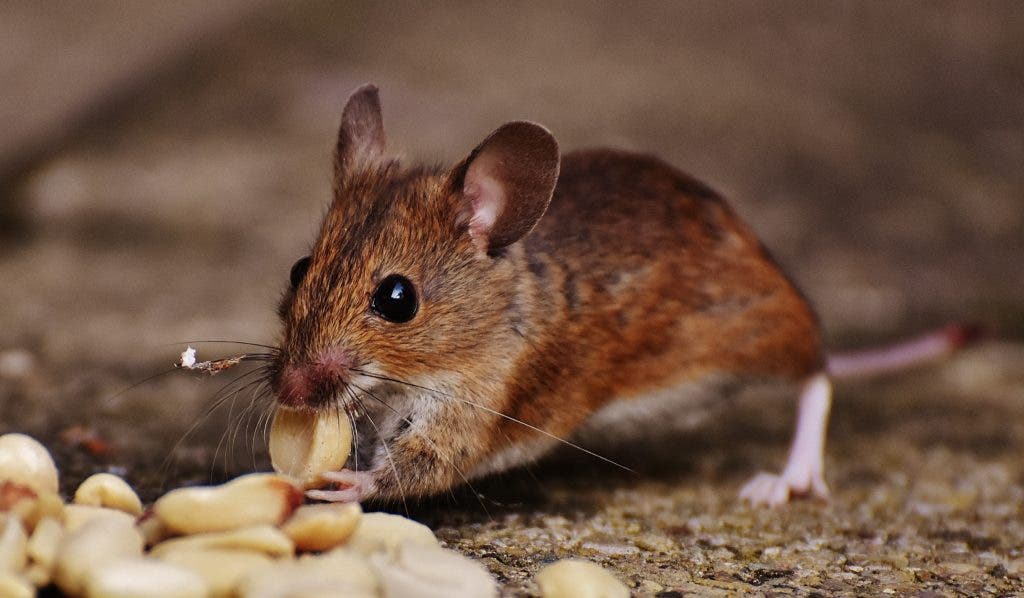
Rats get all the bad rep in New York City but it’s their smaller, more low-key cousins that could be far more dangerous pests. According to a new study, mice living in the basements of New York City apartments carry some bacteria and viruses that haven’t been seen before. What’s more, some of the bugs are resistant to antibiotics.
Of mice and bugs
Researchers at Columbia University collected feces from more than 400 mice captured over a period of one year in buildings in Manhattan, Brooklyn, Queens, and the Bronx. Most of the mice were caught in or around garbage disposal areas in sub-basements, though five mice were trapped in the food preparation/storage areas of a commercial building, and a single mouse was captured in somebody’s apartment.
The findings were reported on in two separate studies. The first, published in the journal mBio (the journal of the American Society for Microbiology), found that the rodents carried previously unseen viruses, as well as bacteria capable of causing life-threatening illness in humans. When they focused on the bacteria more closely, researchers detected several famous disease-causing pathogens like Shigella, Salmonella, Clostridium difficile, and E. coli.
The most worrisome part of this study was the fact that some of these bacteria were antibiotic-resistant, similarly to those that have become nearly untreatable in area hospitals.
“From tiny studios to penthouse suites, New York City apartments are continually invaded by house mice,” says lead author Simon H. Williams, BSc, a research scientist at the Center for Infection and Immunity. “Our study raises the possibility that serious infections—including those resistant to antibiotics—may be passed from these mice to humans, although further research is needed to understand how often this happens, if at all.”
Salmonella infections are generally a result of eating food contaminated with animal waste — including mouse feces. In the U.S. alone, there are about 1.4 million reported cases of Salmonella infections annually along with 15,000 hospitalizations and 400 deaths.
The second study, also published in mBio, provides a detailed look at viruses present in the mice droppings. The mice carried 36 viruses, six of which are completely new to science. Fortunately, none of the identified viruses are known to infect humans. On the other hand, researchers identified genetic sequences matching viruses that are known to infect dogs, chicken, and pigs. This suggests that some of these viruses may have crossed over from other species — and if they did once before, they might do it again.
“New Yorkers tend to focus on rats because they are larger and we see them scurrying around in streets or subways; however, from a public health vantage point, mice are more worrisome because they live indoors and are more likely to contaminate our environment, even if we don’t see them,” says senior author W. Ian Lipkin, MD, senior author of both papers, John Snow Professor of Epidemiology, and director of CII.
Despite the numerous disease-carrying pathogens, the mice were generally healthy, signaling they’re carriers that are not affected by the bacteria. It’s unclear at this point how much of a threat these mice pose to people, or whether they’ve caused any human disease. The latter part would be impossible to prove by any research, in any case — the source of a patient’s infection is rarely investigated and they are not usually asked about any contact with mice. The real takeaway, according to Lipkin, is that “these things are everywhere.”
It’s also unclear whether the mice acquired these antibiotic-resistant bacteria from people — for instance, by eating food contaminated with feces from a person who was taking antibiotics — or whether the bacteria developed the resistance to the bacteria after exposure to discarded antibiotics. Despite that the source of the resistance is unknown, what’s certain is that the NYC mice harbored bacteria with 22 different genes that could confer resistance to a number of common classes of antibiotic drugs, including the quinolones, macrolides, and ß-lactams.
“These antibiotic resistance genes are out there in the environment and mice are carrying them everywhere,” Lipkin said. “My concern is that they are a reservoir of antibiotic resistance.”
Overall, the researchers found that more than a third (37%) of the mice carried at least one potentially pathogenic bacterium and almost one quarter (23%) of the mice harbored at least one antimicrobial resistance gene in their fecal bacteria.
“We used to think of mosquitoes as the source of just an itchy bite, but now we know they carry Zika virus and West Nile virus,” says Lipkin. “We should be thinking of mice in the same way, as potential sources of infection. And that means we should control them as vectors of disease.”


